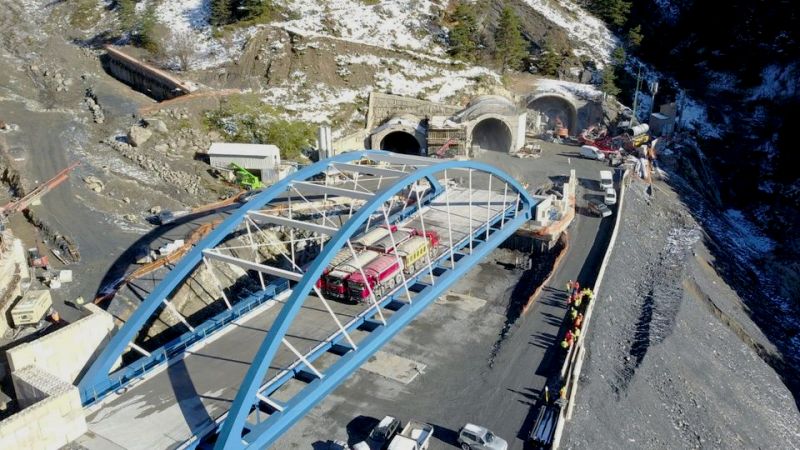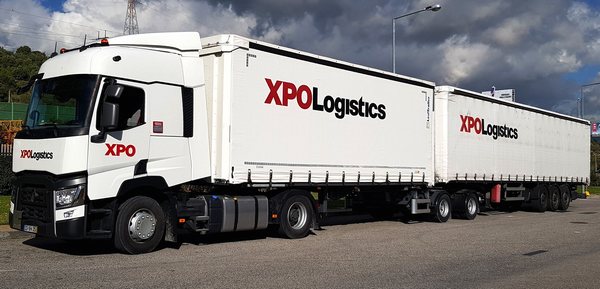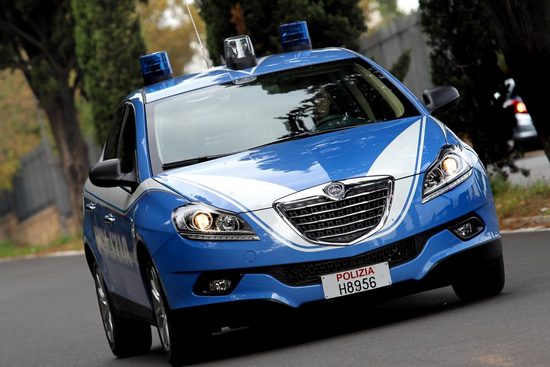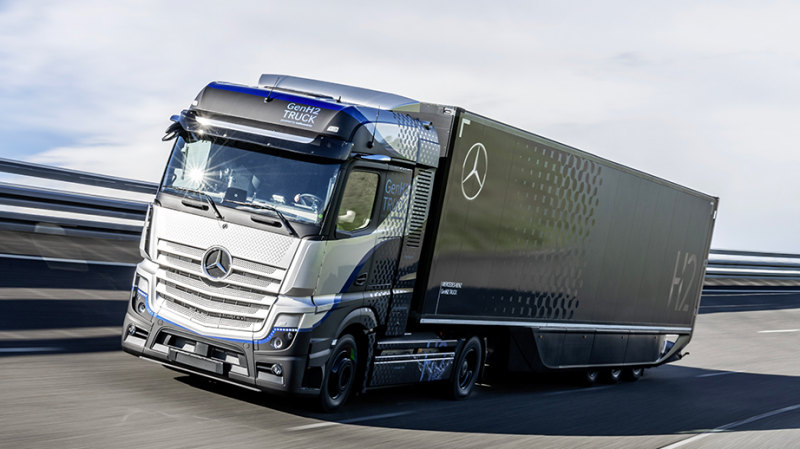A recent study commissioned by five railway and intermodal transport associations (CER, ERFA, UIC, UIP, and UIRR) and conducted by d-fine has raised significant concerns about the European Commission's proposal to amend Directive 96/53, which governs the weights and dimensions of commercial vehicles. The research highlights that the proposed measures could have disastrous consequences from socio-economic and sustainability perspectives.
The study points out that allowing the cross-border circulation of European Modular System (EMS) trucks, which exceed current weight and dimension limits, might lower freight rates in the market currently dominated by low-density high-volume freight. This is the segment projected to experience the most dynamic growth across all land transport modes in the coming decades.
The associations believe that improvements in operational efficiency for trucks should not only result in lower freight rates but also make significant strides towards the EU Green Deal's policy goals and reduce inland freight transport's externalities (decarbonization, energy efficiency, air quality, noise, accidents, congestion).
The proposed increase in the permissible gross weight of trucks and the authorization of EMS could lead to an average reverse modal shift of up to 21% across all rail segments and 16% for combined transport. This shift could result in up to 10.5 million additional truck journeys per year, emitting up to 6.6 million tonnes of additional CO2 emissions and generating extra external costs amounting to €2.2 billion.
In light of the study's findings, the commissioning associations have put forward four recommendations to the European co-legislators:
1. The 40-tonne gross vehicle weight limit for border-crossing trucks should remain the rule between EU Member States, with exceptions only for the road legs of intermodal cross-border operations.
2. Additional gross weight should only be allowed for zero-emission vehicles, and only as long as the energy density of the batteries requires it (assuming a 1,000 km range).
3. Standard dimensions should be maintained for all types of loading units to ensure ongoing compatibility with different transport modes, irrespective of the EMS introduction.
4. The increase in external costs caused by the reverse modal shift should be considered in designing the measures, to favor other transport modes like rail, which offer significant advantages in terms of external costs and sustainability.
The railway sector emphasizes the importance of reconsidering the amendment proposal in light of the EU's sustainability goals, reiterating that any measure that further increases the market share of the currently dominant road transport, without promoting genuine progress towards sustainability goals, could seriously compromise efforts for greener freight transport in Europe.



































































